O-PCE
O-PCE is a research chemical intended exclusively for research purposes and not for consumption. It remains stable for up to 2 years when stored correctly. To ensure safety, please keep this product out of reach of children and pets. We provide high-quality research chemicals at fair prices, and we ship orders every day within 24 hours. You can order O-PCE safely and swiftly via researchchemicalsoutlet.com.
O-PCE Properties
- Synonym: 2′-oxo-PCE, eticyclidone hydrochloride
- CAS Number: 4551-92-2
- Formula: 2-(ethylamino)-2-phenyl-cyclohexanone hydrochloride
- Molar mass: 253.8 g/mol
- Purity: >97%
What is O-PCE?
O-PCE, also known as 2′-Oxo-PCE or Eticyclidone, is a research chemical of the arylcyclohexylamine class. It has garnered attention in scientific and research communities for its potential applications in scientific research. Researchers focus on its effects on the central nervous system, receptor interactions, potential therapeutic applications, and cognitive processes. It’s crucial to emphasize that O-PCE is not approved for medical or recreational use and is strictly for scientific research.
The synthesis of O-PCE occurs in controlled laboratory environments, adhering to rigorous safety protocols and ethical guidelines. Scientists create it through chemical synthesis, combining specific precursor materials and subjecting them to various reactions and purification steps. After synthesis, O-PCE undergoes comprehensive testing to determine its physical and chemical properties, ensuring consistent results in research.
How Did O-PCE Come About?
O-PCE, or 2′-Oxo-PCE, is a synthetic compound belonging to the arylcyclohexylamine class. It originates in research laboratories, where scientists and chemists investigate new substances for scientific purposes. The development process involves precise chemical synthesis, combining precursor materials and conducting various reactions and purification steps. Advanced equipment and strict protocols ensure accuracy in synthesis and handling.
O-PCE’s synthesis aims to study its properties, potential applications, and effects on the central nervous system and cognitive processes. Rigorous experiments and analysis are conducted to understand its mechanisms of action. Researchers aim to expand scientific knowledge, particularly in pharmacology, neuroscience, and medicine.
Hazard Statement
- O-PCE can cause respiratory irritation.
- O-PCE can cause eye irritation.
- Discharging research chemicals into the environment is prohibited.
In case of contact:
- EYE: Rinse eyes gently with water for five minutes. Remove contact lenses if possible.
- SKIN: Wash skin with soap and water.
- INHALATION: If exposed to O-PCE, move the affected person to fresh air and ensure easy breathing.
For more information about O-PCE, you can visit its Wikipedia page. To order, please visit researchchemicalsoutlet.com.

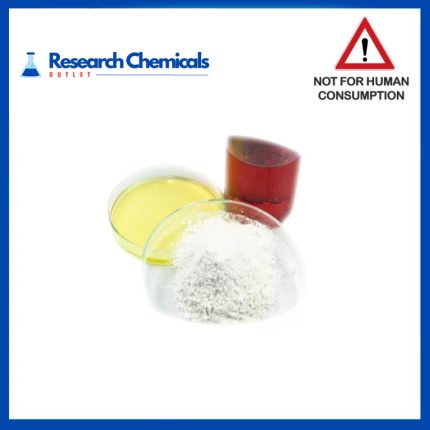
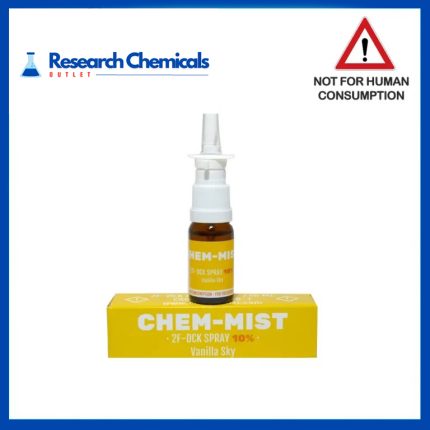
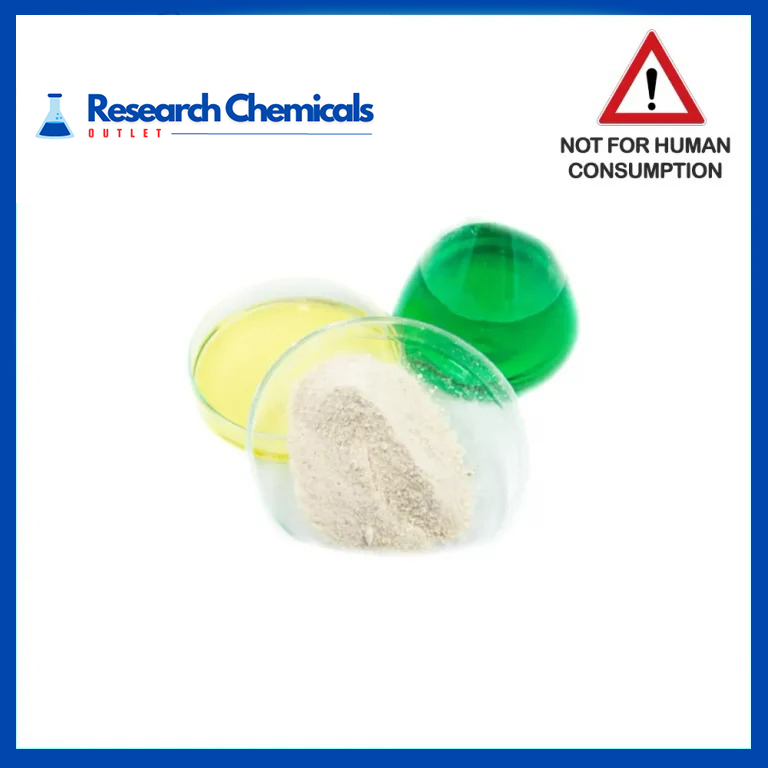
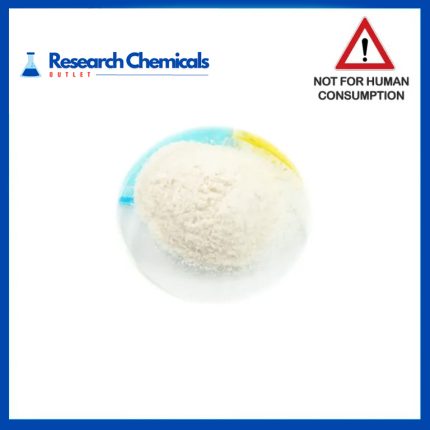
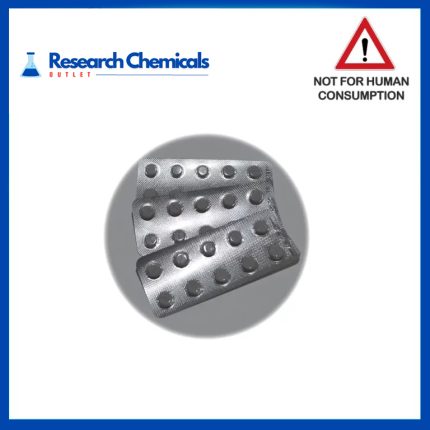

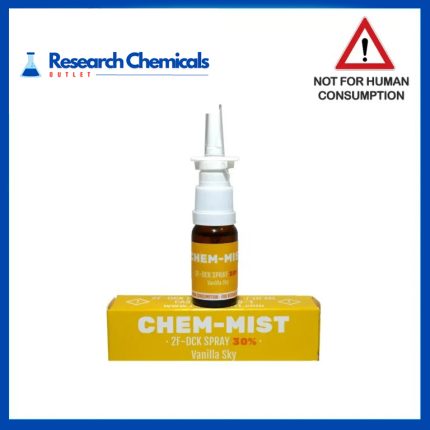
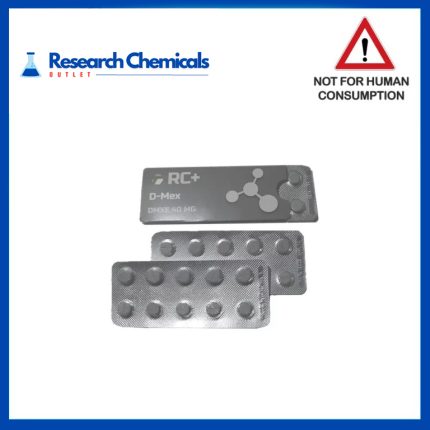
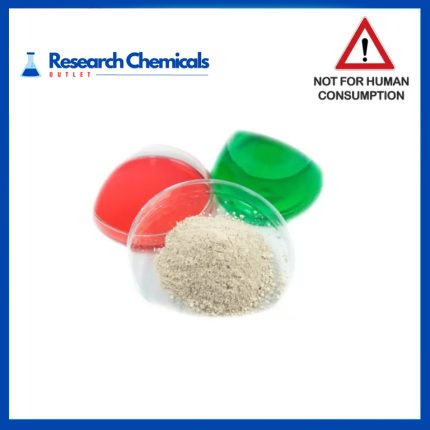
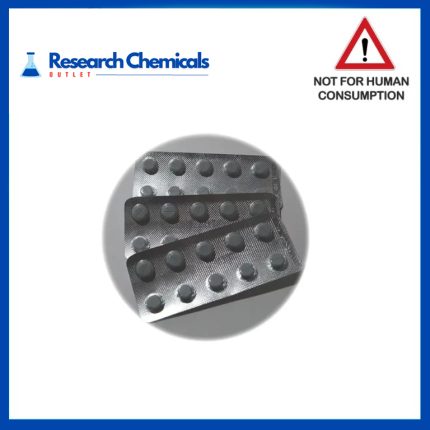
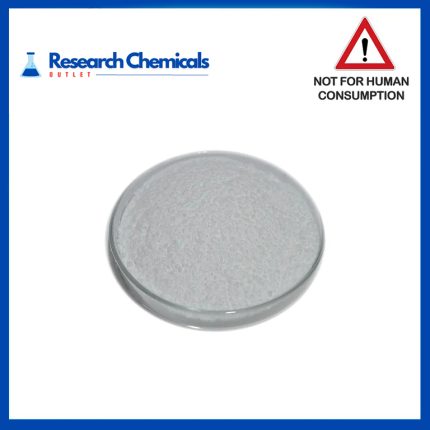
Reviews
There are no reviews yet.